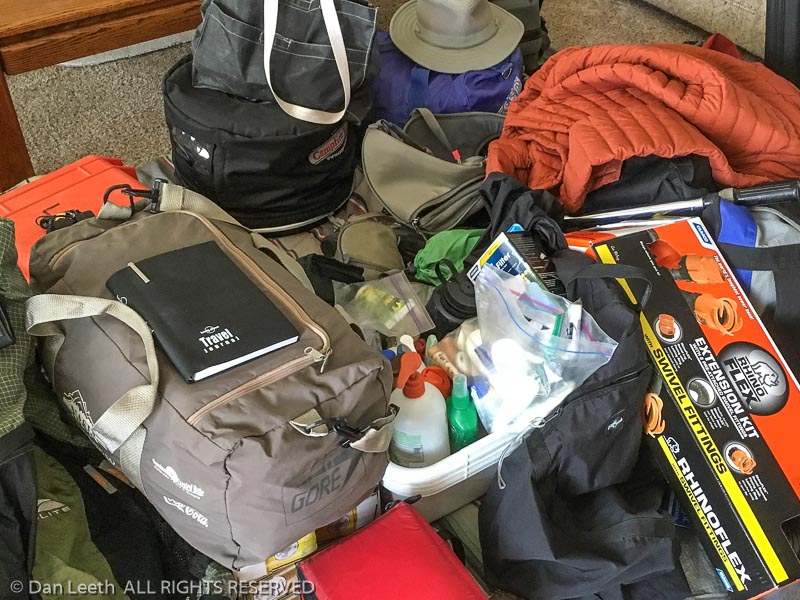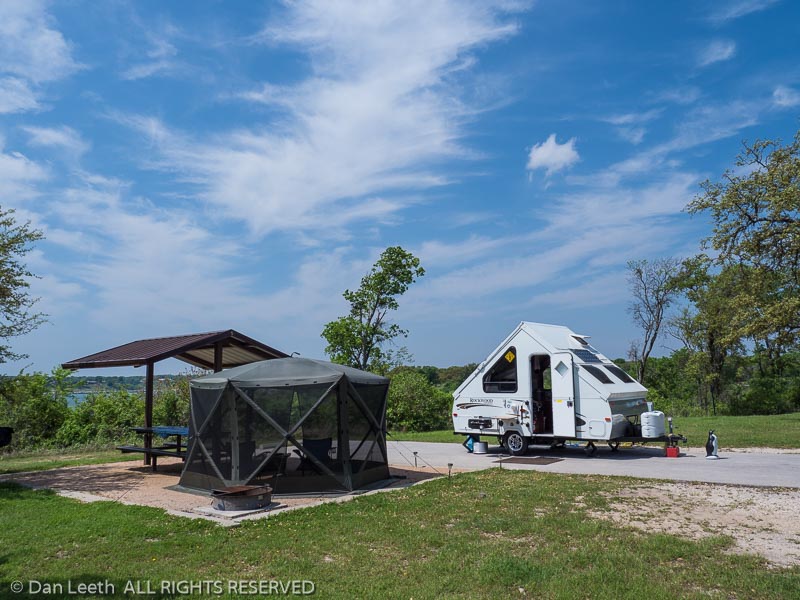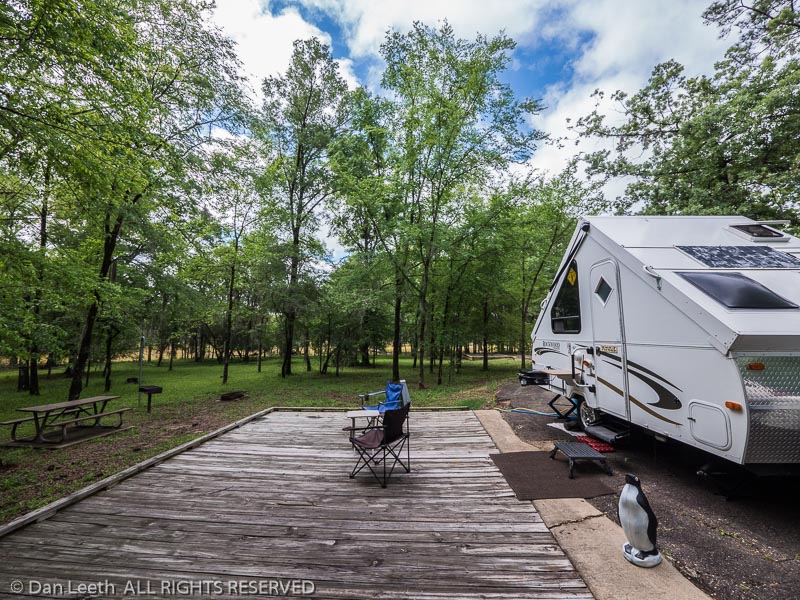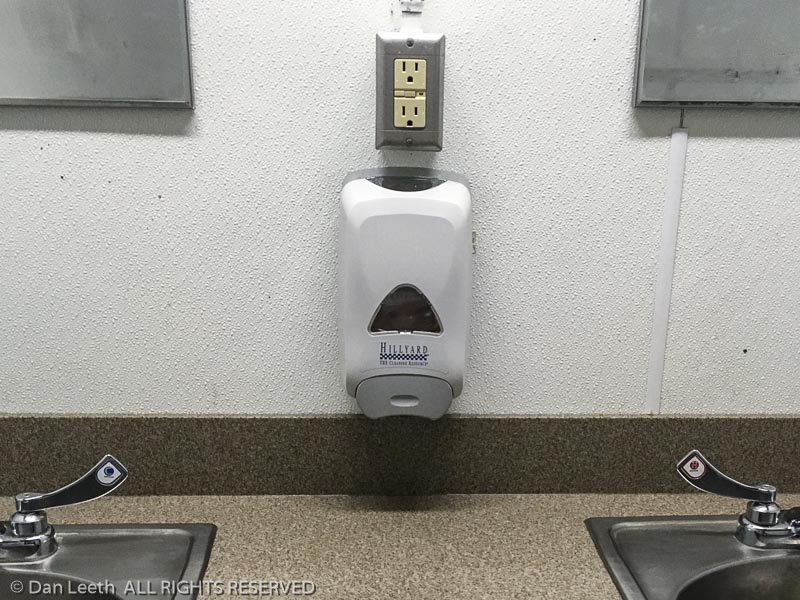
An article that recently appeared on the BBC says that going out on a camping trip helps to reset the body clock. My body clock definitely needs resetting.
I haven’t spent a night in the wild since October 3rd when we returned from a month at Devil’s Tower and the Dakotas. Since then, I’ve been stuck at home, recovering from rotator cuff surgery and pounding out assignments. The closest I’ve come to the great outdoors is prepping travel pix for stock agency submission.
Fortunately, that will all come to an end on March 20 when Dianne and I depart for a 25-day camping journey to Texas with stops in Oklahoma, Louisiana, Arkansas, Missouri and Kansas.
Unfortunately, that trip’s still 40+ days away. Until then I’ll just have to deal with a body clock that’s badly out-of-sync.






